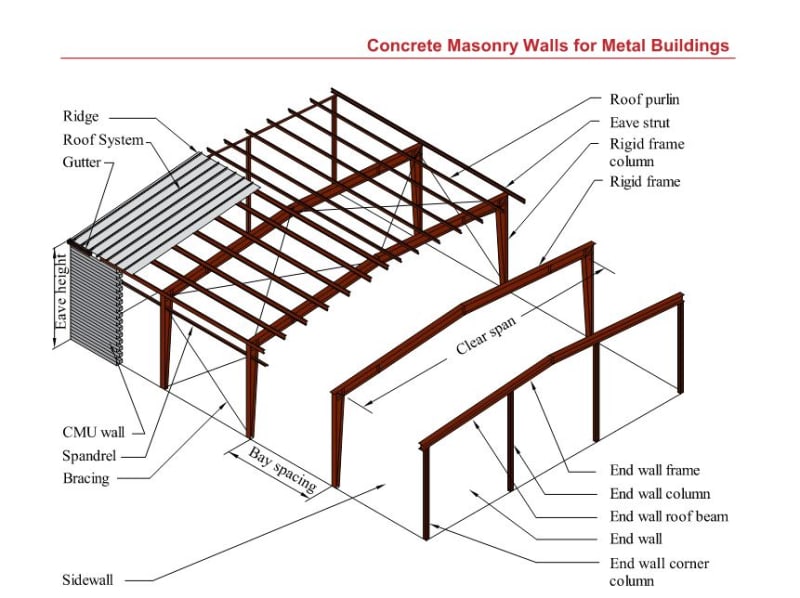Dara_1
Structural
- Mar 4, 2023
- 4
I have a project in a high seismic region which is a horse stable (40'*x117') with so many openings on the sides that doesn't let me use vertical bracings and design it like a normal warehouse.
The roof should be metal and I want to use z purlins that sit on w-shapes. I don't know if I have to put the beams on steel columns and run them all the way down to the foundation or if should I put them on the CMU walls.
The roof should be metal and I want to use z purlins that sit on w-shapes. I don't know if I have to put the beams on steel columns and run them all the way down to the foundation or if should I put them on the CMU walls.




